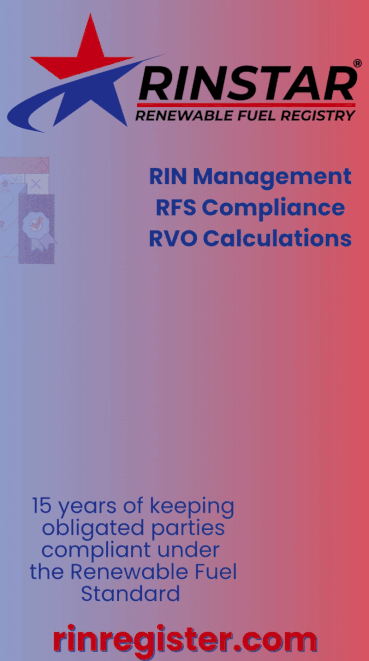Indian Oil sets 2046 net-zero goal
- Indian Oil
- Aug 26, 2022
- 2 min read

Indian Oil, India’s largest fuel refiner and retailer, has resolved to achieve net-zero operational emissions by the year 2046. Indian Oil’s decarbonization plans encompass scopes 1 and 2 emissions.
Shrikant Madhav Vaidya, chairman of Indian Oil, made the announcement during the company’s 63rd annual general meeting Aug. 25.
The year 2046 coincides with India completing 99 years of independence and the celebration of its 100th Independence Day.
This historic declaration by the country’s energy major aligns with India’s net-zero commitment by 2070 announced as part of the Panchamrit goals by the prime minister at the COP-26 Summit last year.
“As we embark on the net-zero journey in the right earnest, we already have a well-crafted blueprint in place,” Vaidya said. “It adopts a multipronged approach to take us gradually towards the net-zero destination. We have envisaged that an investment of over Rs. 2 lakh crore (USD$25 billion) will be required to achieve the target by the year 2046. Indian Oil has been pursuing a robust green agenda for some time now, to steer the country’s green-energy transition. So, we are already working on several emission-mitigation pathways like green hydrogen, biofuels, renewables, carbon offsetting through ecosystem restoration and carbon capture utilization and storage (CCUS), among others.”
Vaidya added that Indian Oil plans to achieve two-thirds of emission reduction through energy efficiency, electrification and fuel-replacement efforts, while about a third of the total emissions would be mitigated through options such as CCUS, nature-based solutions and the purchase of carbon credits.
Currently, Indian Oil’s greenhouse-gas (GHG) emissions, coming mostly from the company’s refining operations, stands around 21.5 million metric tons of carbon dioxide equivalent per year.
Out of the total emissions, 96 percent are because of processes like direct fuel burning for deriving energy from heat, steam, electricity and cooling, which are part of operations. These constitute scope 1 emissions.
The 4 percent balance are on account of sourcing electricity from the grid, which constitutes scope 2 emissions.


































